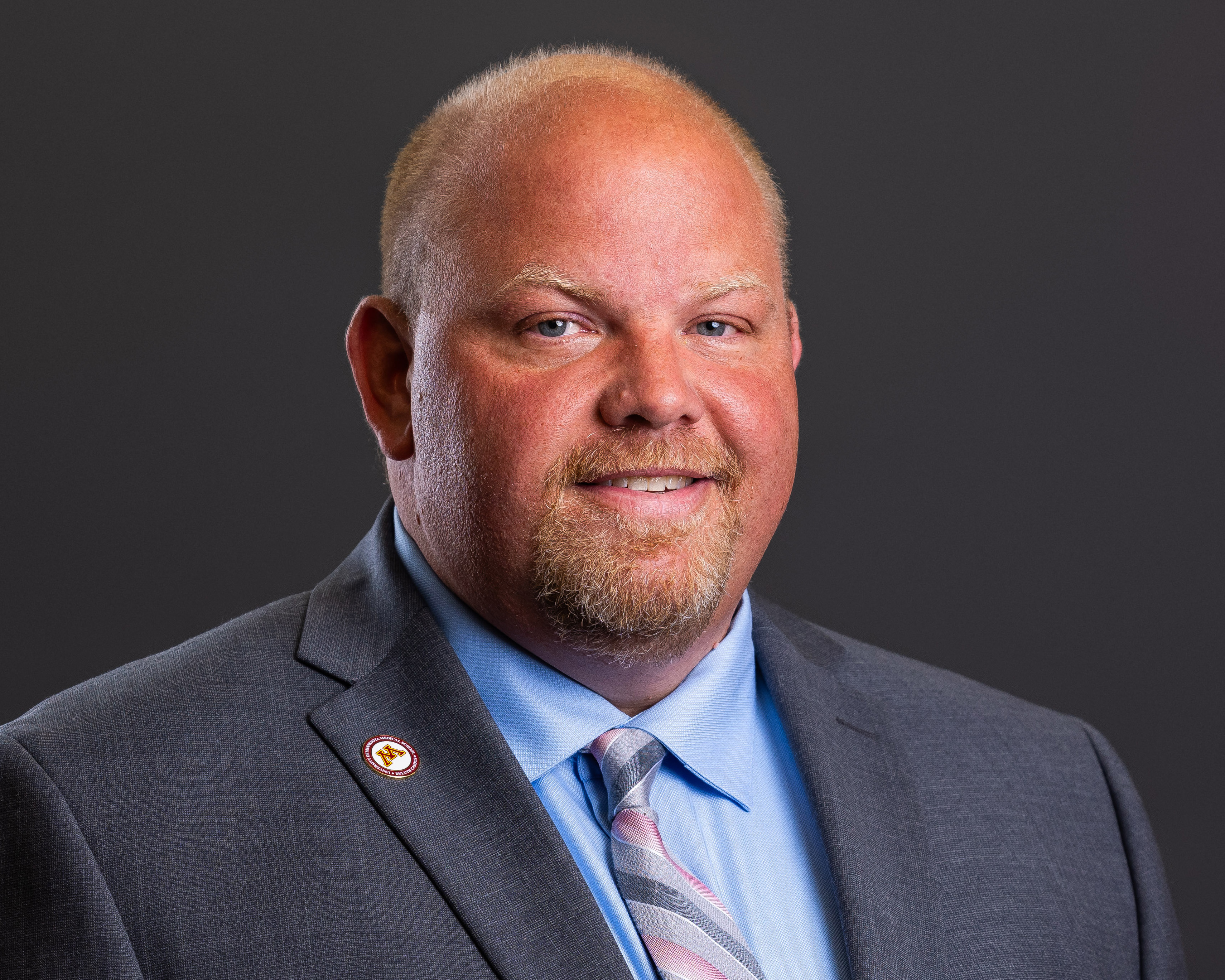Duluth Leadership


Research Summary
Herpesvirus infections are forever. Yet, an understanding of the molecular mechanisms employed by herpesviruses to establish and maintain a latent state of infection, which is critical to the formation of life-long infections, are poorly understood. We are interested in investigating the noncoding RNAs of gammaherpesviruses. Gammaherpesviruses are characterized as having a very limited host-cell range, replicating in lymphoblastoid cells, and establishing latent infections within lymphoid tissues. Gammaherpesvirus human pathogens include Epstein-Barr virus (EBV) and Kaposi's sarcoma-associated herpesvirus (KSHV). We study the small animal model of these human pathogens known as Gammaherpesvirus 68 (yHV68). yHV68 is a powerful research tool to investigate gammaherpesvirus biology for several reasons: 1. Unlike EBV and KSHV, yHV68 is capable of robust lytic infection in commonly used mouse and human tissue culture cell lines, facilitating my ability to conduct a large amount of essential research without the need for an animal host, 2. The yHV68 genome has been cloned into a BAC plasmid system that is widely used among yHV68 researchers for BAC-mediated recombination allowing for easy manipulation of the yHV68 genome, 3. yHV68 infects mice and can be investigated in vivo during all phases of virus replication and in various host genetic backgrounds allowing for research that not only can define key viral genes required for replication in vivo but can also define host mechanisms of control of virus infection, 4. Samples taken from infected mice can be studied ex vivo for their ability to reactivate from latency. miRNAs are small noncoding RNAs approximately 20-25 nucleotides in length that have the ability to post-transcriptionally down-regulate the expression of mRNAs that contain complementary sequences with their 3' untranslated regions (3'UTR). Interestingly, all gammaherpesviruses have miRNA genes whose expression can be detected during all phases of the viral lifecycle, including latency.
Although the identification of gammaherpesvirus miRNAs in almost ten years old, very few roles for the biological functions of these miRNAs have been defined. The proposed theory for why gammaherpesviruses harbor miRNAs in their genome stems from the fact that these RNAs are predicted to control various aspects of host gene expression while maintaining a nonimmunogenic prolife, thus escaping immune surveillance.
The expression of the miRNA genes of yHV68 is unique, and unlike other gammaherpesviruses and most cellular miRNAs, their production is dependent on transcription by RNA polymerase III (pol III) rather than RNA polymerase II (pol II). Additionally, the yHV68 miRNA sequences themselves are embedded within a tRNA-miRNA dicistronic transcripts which we call TMERs (tRNA-miRNA encoded RNAs). Directed by our knowledge of yHV68 miRNA gene expression, we have recently generated a yHV68 mutant virus devoid in the production of the all of the TMER genes. We are now using this virus as a tool to further investigate the role of the yHV68 TMER genes, specifically the miRNAs associated with the TMER genes, in the context of infection – both in vitro and in vivo. Our goal in conducting this research is to gain a deeper understanding of the biological mechanisms in play with regards to virally encoded noncoding RNAs in the context of establishing and maintaining the latent infection state of yHV68 and gammaherpesviruses in general.
Community Engagement
University of Minnesota
- 2016-present, Member of the Student Assessment Committee (SAC)
- 2016-present, Member of the University of Minnesota Medical Education Council (EC)
- 2016-present, Member of the Scientific Foundations Committee (SFC)
Medical School Service
- 2015-2016, Member of the Curriculum of the Future Task Force Duluth Campus
- 2015-present, Member of the Scholastic Standing Committee (SSC) Duluth Campus
- 2013-present, Member of the Committee on Undergraduate Medical Education, Duluth Campus (CUMED)
- 2016-present, Chair of the Committee on Undergraduate Medical Education, Duluth Campus (CUMED)
Publications
See full list of publications at: PubMed
K.W. Diebel, K. Zhou, A.B. Clarke, and L.T. Bemis. 2016. Beyond the Ribosome: Extra-translational Functions of tRNA Fragments. Biomarker Insights 11: 1-8. PMID: 26843810. Journal Impact Factor:, Sum of times cited: 2; Role: Manuscript preparation and editing.
K.W. Diebel, L.M. Oko, E.M. Medina, B. Niemeyer, C.J. Warren, D.J. Claypool, S. Tibbetts, C. Cool, E.T. Clambey, and L.F. van Dyk. 2015. Gammaherpesvirus small non-coding RNAs are bifunctional elements that regulate infection and contribute to virulence in vivo. mBio 6(1):e01670-14. PMID: 25691585. Journal Impact Factor: 4.741 in 2013, Sum of times cited: 12, Role: Developed study design, conducted experimental studies, data acquisition, manuscript preparation and editing.
K.W. Diebel, D.J. Claypool, L.F. van Dyk. 2014. A conserved RNA polymerase III promoter required for gammaherpesvirus TMER transcription and microRNA processing. Gene 544(1), 8-18. PMID: 24747015. Journal Impact Factor: 2.093 in 2013, Sum of times cited: 8; Role: Developed study design, conducted experimental studies, data acquisition, manuscript preparation and editing.
A. Orioli, C. Pascali, J. Quartararo, K.W. Diebel, V. Praz, D. Romascano, R. Percundani, L.F. van Dyk, N. Hernandez, M. Teichmann, G. Dieci. 2011. Widespread occurrence of non-canonical termination by human RNA polymerase III. Nucleic Acids Research 39:5499-5512. Journal Impact Factor: 8.128 in 2013, Sum of times cited: 27; Role: Conducted experimental studies, manuscript editing.
K.W. Diebel, A.L. Smith, L.F. van Dyk. 2010. Mature and functional viral miRNAs transcribed from novel RNA polymerase III promoters. RNA 16(1):170-185. Journal Impact Factor: 4.716 in 2013, Sum of times cited: 40; Role: Developed study design, conducted experimental studies, data acquisition, manuscript preparation and editing. *Highlighted as Silence Journal HOT paper: JAN 16, 2010.
http://blogs.openaccesscentral.com/blogs/silence/entry/mature_and_functional_viral_mirnas
A.M. Domitrovich, K.W. Diebel, N. Ali, S. Sarker, A. Siddiqui. 2005. Role of La autoantigen and polypyrimidine tract binding protein in HCV Replication. Virology 335(1): 72-86. Journal Impact Factor: 3.201 in 2013, Sum of times cited: 65; Role: Conducted experimental studies, data acquisition, manuscript preparation and editing.
Teaching Summary
Microbiology and Immunology content expert for 1st and 2nd year medical students.
Teaching responsibilities include teaching within the following courses:
- Introduction to Biomedical Science
- Foundations of Medicine
- Skin / Musculoskeletal Systems (course director 2014)
- Neurological Systems (course director 2016-2017)
- Immunology, Hematology, Oncology (course director 2017)
- CRRAB I
- CRRAB II
- Gastrointestinal System
- Hormonal and Reproductive Systems
- Mentoring/Advising: graduate and undergraduate students
Honors and Recognition
Professional Memberships
Contact
Address
Department of Biomedical Sciences117 SMed
1035 University Drive
Duluth, MN 55812-3031


Bio
I am a systems neuroscientist with over 30 years of research, teaching, and mentoring experience. Born and raised near Cologne, Germany, I started my academic education in Biology at the University of Mainz, Germany. Later, I moved to the University of Tübingen in southern Germany to focus on Neuroscience, where I completed my masters and PhD thesis at the Max-Planck-Institute for Biological Cybernetics. After a brief year as a postdoctoral fellow at Washington University in St. Louis, USA, I first accepted a faculty position at the University of Freiburg, Germany, then moved to the University of Tennessee Health Science Center in Memphis, TN, USA, and finally accepted the position of Head of the Department for Biomedical Sciences in Duluth, MN.
Research Summary
Principal areas of research center on the structure and function of the cerebellar cortical network, cerebro-cerebellar interaction, dynamics of inter-areal neuronal communication, influence of breathing on brain activity and function in healthy and diseased brains.
No brain area operates in isolation. Short- and long-range connections form complex networks that enable brain areas to collaborate in a context-dependent manner, responding to internal and external cues to promote survival optimizing behavior. The neocortex and the cerebellum are two key players in this concert. They are reciprocally connected via massive fiber bundles and have both jointly and proportionately increased in size during vertebrate evolution. One focus of our research is to investigate the neuronal mechanisms of cerebro-cerebellar interaction to understand the involvement of the cerebellum in cognitive functions in healthy brains and the link between cerebellar neuropathology and cognitive disorders such as autism and schizophrenia.
Our second research focus is on the role of breathing in organizing brain activity through respiration-coupled neuronal rhythms. We were the first to report that breathing, via olfactory bulb activity, rhythmically modulates neuronal activity in the neocortex outside of the olfactory system. Our results also showed that the power of high-frequency (40-100Hz) gamma oscillations is modulated in phase with breathing. Gamma oscillations are strongly implicated with cognitive function, which led us to suggest that breathing may directly influence cognitive functions. Brain-breath coupling has since developed into a rapidly growing new research field. Our focus continues to be on the neuronal mechanisms underlying respiratory modulation of neuronal activity in different brain areas, implications of brain-breath coupling for cognitive functions, mental health, and the development of breath-based treatments.
Teaching Summary
- Curriculum development for graduate programs.
- Course director, lecturer, neuroscience graduate program courses.
- Course director, lecturer, and lab director for neuroanatomy courses for medical and dental students.
- Recipient of Outstanding Lecturer Award from students in the UTHSC College of Dentistry, as course director for Neuroanatomy.
- Nominee for the Student Government Association Executive Council (SGAEC) Excellence in Teaching Award.
- Mentor for three masters and seven PhD students and four postdoctoral fellows.
Education
Honors and Recognition
Professional Memberships
Grants and Patents
Selected Grants
Other Grants
Contact
Address
Department of Biomedical SciencesSMED223
1035 University Drive
Duluth, MN 55812


Bio
Dr. Nalin’s leadership roles for the University of Minnesota Medical School are the following: Professor with tenure and Department Head (Chair) of Family Medicine and Biobehavioral Health, and Associate Dean for Rural Medicine. From 2001-2019 at Indiana University School of Medicine, Dr. Nalin served in several executive, academic, and hospital leadership roles. Initially recruited to Indiana as residency program director, Dr. Nalin advanced to Associate Dean for Graduate Medical Education, during which IUSM earned full accreditation with commendation from the ACGME. Then, as Executive Associate Dean for Educational Affairs with a responsibility portfolio budgeted at $80 Million dollars, Dr. Nalin led IU School of Medicine’s reaccreditation as its faculty accreditation leader while also leading the expansion of its system of eight regional medical campuses from two-year to four-year campuses, increasing IUSM’s medical school enrollment by 30% from 1,120 to 1,456 medical students. Dr. Nalin has fulfilled a diverse array of leadership roles, including VP of Medical Affairs and Interim CEO of the Riggs Community Health Center (FQHC), leading a multidisciplinary medical staff including FM, IM, Peds, Ob-Gyn, and Dentistry. Dr. Nalin also served as Interim Chair of the Radiation Oncology department at IUSM.
Dr. Nalin has earned the following educational degrees: a Bachelor of Arts from Cornell University, a Doctor of Medicine from the Larner College of Medicine of the University of Vermont, and an MBA from the Indiana University Kelley School of Business. Among Dr. Nalin’s awards and recognitions are a Top Doctor award and an Indiana Academy of Family Physicians award. With colleagues on the MBA Class gift committee, Dr. Nalin shared in the Spirit of Philanthropy Award from IUPUI for his MBA program’s record-breaking Class Gift. Dr. Nalin served as a governor-appointed member of the Indiana Medical Education Board, supporting family medicine residency programs and the Indiana Graduate Medical Education Board for the expansion of residency programs.
Nationally, Dr. Nalin has served as the elected President of the Association of Family Medicine Residency Directors and co-leader of the AAMC GRA GME Leadership Course for GME-designated institutional officials and executive directors. At present, Dr. Nalin serves on the Steering Committee of the AAMC Group on Regional Medical Campuses and has been appointed to a three-year term on the AAMC Student Surveys Advisory Committee. Dr. Nalin’s clinical care and leadership experiences span rural, urban, and suburban practices and institutions. Dr. Nalin is board-certified in family medicine and completed residency at the Lancaster General Hospital in Pennsylvania. From the American Association of Physician Leadership, Dr. Nalin earned the certification as a Certified Physician Executive CPE. As a faculty physician executive, Dr. Nalin has enjoyed contributing to the vision and design of medical and educational facilities. Dr. Nalin enjoys teamwork and mentoring in education, research, clinical care, stewardship, and the business of medicine., and serves as a faculty advisor to medical student interest groups. Dr. Nalin enjoys music, sports, arts, the outdoors, and sailing.
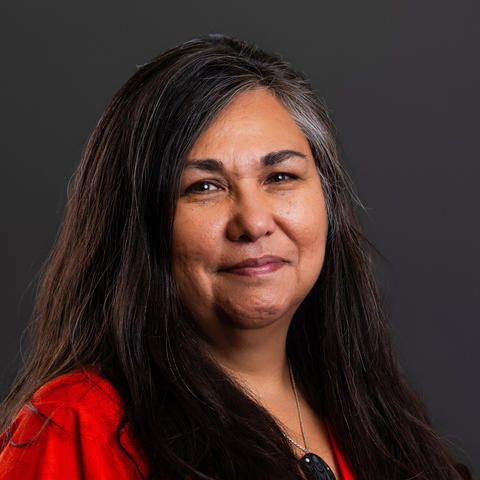
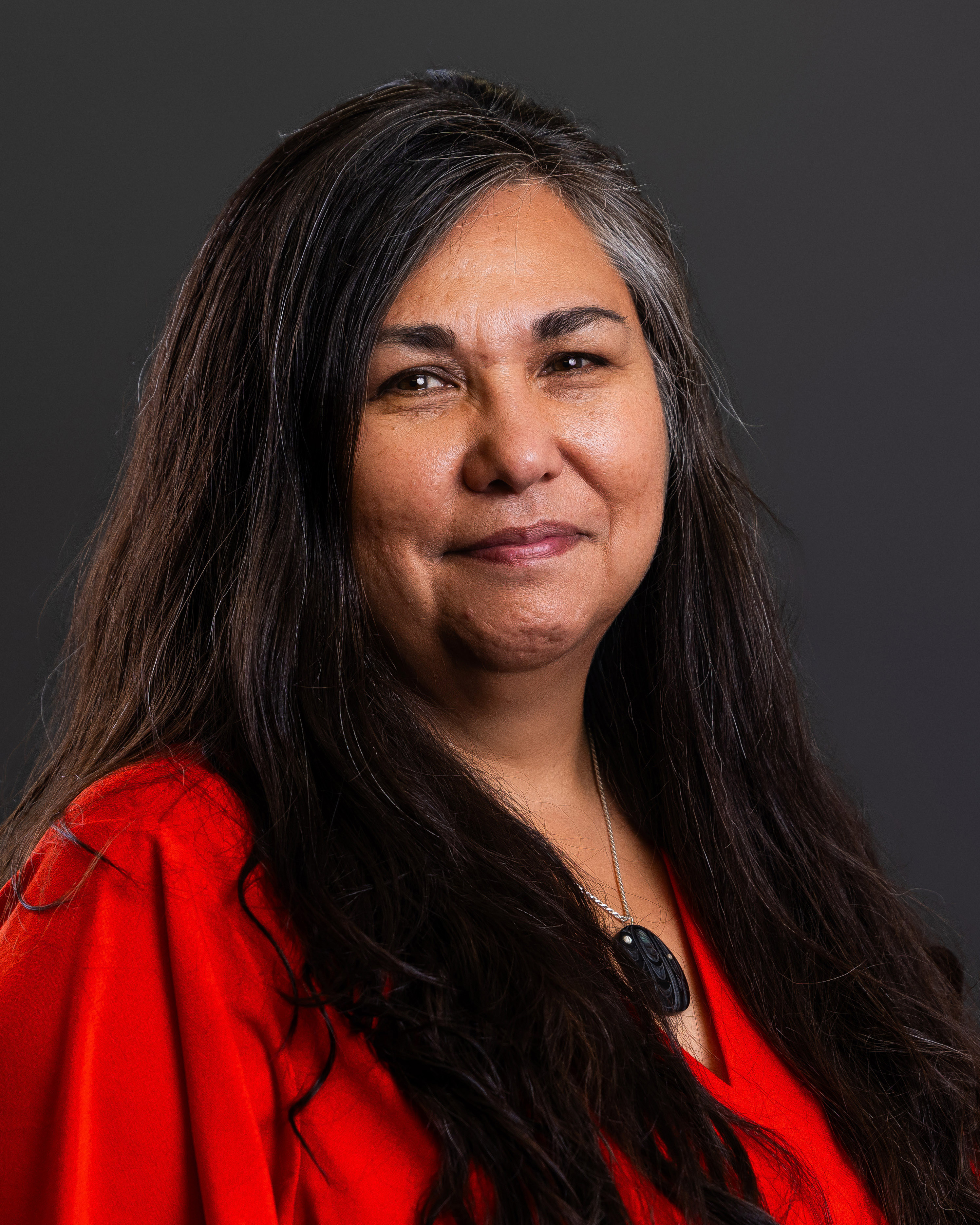
Bio
Dr. Owen is a member of the Auk Kwaan Tribe of the Tlingit people. She is the Associate Dean of Native American Health at the University of Minnesota Medical School. On graduation from the University of Minnesota Medical School and Family Practice Residency Program, she returned home to work for her tribal community in Juneau, Alaska. In 2014, after eleven years of full-scope family medicine, she returned to the University of Minnesota Medical School, Duluth as the Director of the Center of American Indian and Minority Health (CAIMH). Her work includes: developing regional and national programs to increase the numbers of American Indian and Alaska Native (AIAN) students entering medical careers, outreaching to local and national Native leaders to ensure that the University of Minnesota Medical School remains in tune with AIAN healthcare and education needs, teaching medical students and health care providers important components of providing healthcare to AIAN communities and developing research efforts to address AIAN health disparities. She continues to provide clinical care at the Center of American Indian Resources in Duluth and is the immediate Past-President of the Association of American Indian Physicians.
Academic Administrative Appointments
Associate Dean of Native American Health October 2022 - Present
Office of Diversity, Equity, and Inclusion
Endowed Professorship of American Indian Health July 2015 - Present
University of Minnesota
School of Medicine Duluth Campus
Duluth, Minnesota
Education
Fellowships, Residencies, and Visiting Engagements
Licensures and Certifications
Media Appearances
Professional Memberships
Selected Publications
Selected Presentations
Grants and Patents
Selected Grants
Contact
Address
182 SMed1035 University Drive
Duluth, MN 55812
Administrative Contact
Kyrsten Olson, olso7999@d.umn.edu


Bio
Kristen Jacklin, PhD, is a Professor in the Department of Family Medicine and Biobehavioral Health as well as the Associate Director of the Memory Keepers Medical Discovery Team – Health Equity (MK-MDT) at the University of Minnesota Medical School, Duluth Campus. Dr. Jacklin is a medical anthropologist with an extensive background in community-based Indigenous health research and health equity. Her research focuses on chronic disease care for Indigenous peoples, including investigations concerning aging; cognitive health and dementia; diabetes; and Indigenous health/medical education. Dr. Jacklin leads the Indigenous Cultural Understandings of Alzheimer’s Disease and Related Dementias – Research and Exchange (I-CARE) program of research which pairs community-based participatory research (CBPR) approaches with Indigenous methodologies to address dementia disparities in Indigenous populations. She also co-leads with Dr. Wayne Warry, the Center for Community Engaged Rural Dementia and Alzheimer’s Research (CERDAR). CERDAR uses CBPR approaches to engage rural participants in projects concerning the prevention, diagnosis and care for people with dementia in rural communities. Dr. Jacklin is the founder of the International Indigenous Dementia Research Network and the Indigenous Cognition Awareness and Aging Awareness Research Exchange (I-CAARE.ca).
Education
Fellowships, Residencies, and Visiting Engagements
Honors and Recognition
Media Appearances
Professional Memberships
Selected Presentations
Contact
Address
624 E 1st StSuite 201
Duluth, MN 55805-2069
Administrative Contact
Tracy Kemp, tkemp1@d.umn.edu


Bio
Dr. al’Absi has established an international research program focusing on stress biological and psychophysiological effects on addictive behaviors and mental health conditions. His team has been working to elucidate biobehavioral mechanisms by which stress and early life adversity play a role in addiction and other mental health disorders, and to use this knowledge to develop and tailor interventions. His research integrates basic, laboratory, and clinical methods. His early research focused on stress mechanisms related to risk for heart disease, pioneering lab and field studies using an array of natural stressors as well as pharmacological challenges in human studies. While funded by NHLBI and AHA, he focused on defining the mechanisms of hypoalgesia and stress response alterations in hypertension. Dr. al’Absi has also focused on the significance of stress response alterations in multiple clinical conditions including addiction. An important, replicated finding from his program is the blunted hormonal stress response among individuals with stimulant addiction. This dysregulated pattern of response predicts early addiction relapse. His current research examines the role of endogenous opioids and the endocannabinoid system in the modulating the stress response. He has also examined the extent to which stress responses predict changes in dietary intake, weight, and relapse. Defining these links will inform future models for targeted treatment to address weight gain as an impediment for smoking cessation. Dr. al’Absi has been leading efforts to improve methods for assessment of stress and substance use in the field by developing innovative and unobtrusive high-tech methods to collect physiological and contextual data in natural settings using wearable sensors. The goal is to obtain continuous, real-time measures of stress and addiction and to leverage this information to apply just-in-time intervention.
Dr. al’Absi’s research program has been funded by multiple R01 grants from NIDA and NCI and by Grant-in-Aid from the American Heart Association (AHA) as well as grants from the University of Minnesota and the International Brain Research Organization (IBRO). He has also received a Smart Health and Wellbeing award from the National Science Foundation (NSF).
Dr. al’Absi has been honored with several awards including the ABMR Neal E. Miller Award, the American Psychosomatic Society Herbert Weiner Award, the NIDA Award of Excellence in Collaborative Research, and the Hans Selye Lectureship from WASAD. He is currently a Fellow of the Association for Psychological Sciences, the Academy for Behavioral Medicine, the Association for Psychological Sciences (APS), and the Society for Research on Nicotine and Tobacco (SRNT). He is a former fellow of the John D. and Catherine T. MacArthur Foundation Mind-Body Network.
Dr. al’Absi’s extensive publication record include more than 200 scientific articles, two books, and many book chapters. He has served as a guest editor for Biological Psychology and for Psychosomatic Medicine and as an Associate Editor for Biological Psychology; and he is serving as associate editor for Psychophysiology, and as an editorial board for Health Psychology, Annals for Behavioral Medicine, Journal o Neural Transmission, and other journals. He served as a standing member on the NIH “Mechanisms of Emotion, Stress, and Health” Study Section and he has served on many other NIH, VA, and NSF review panels.
Dr. al’Absi has served in several national and international leadership positions, including serving as president of the American Psychosomatic Society (APS), executive council member and chair of membership committee, Academy for Behavioral Medicine Research (ABMR), president of the Africa & Middle East Congress on Addiction (AMECA), and board member of the Society for Psychophysiological Research (SPR). He also serves on the UNODC-WHO Informal Scientific Network (ISN).
In addition to his extensive research program and his leadership positions, Dr. al’Absi is dedicated to training the next generation of physicians and scientists through his teaching and mentoring medical, graduate, and undergraduate students and postdoctoral and junior faculty members with the University of Minnesota and other institutions.
Clinical Summary
Stress & trauma; addiction; pain
Education
Selected Publications
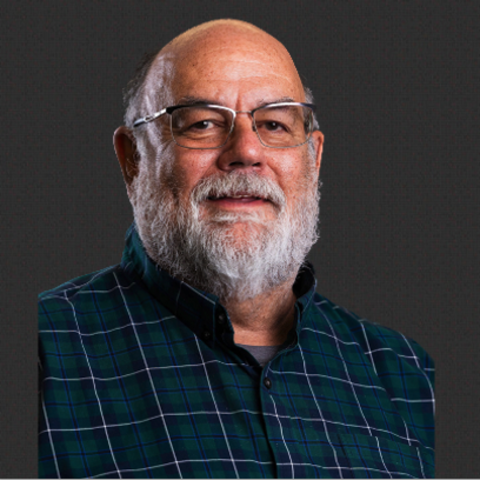
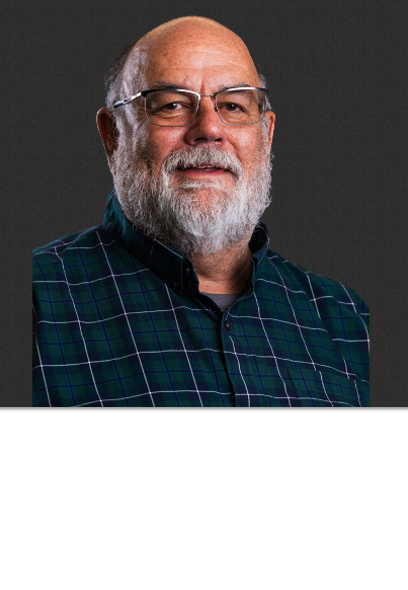
Research Summary
1) Endocrinology: Investigating the role of pituitary hormones as immunomodulators and regulators of development.
2) Lyme disease: Characterizing the entrance of Borrelia burgdorferi into macrophage by non-opsonic mechanisms.
3) Development of active learn tools to teach biomedical concepts
Teaching Summary
Membrane Biology
Receptor Biology
Immunology
Mentoring/Advising: undergraduate & graduate students
Courses Taught
Biochemistry Laboratory, Chem 5361
Immunobiology, MicB 5545
Immunopathology, MicB 5546
Molecular Pathogenesis, MicB 5555
Advanced Immunology and Immunobiology, MicB 8554
Evolution of Host Defenses, IBS 8980
Cell, Molecular and Developmental Biology, IBS 8102
The Biological Practitioner, IBS 8099
Medical School Immunology, MED 6541, MED 6520, MED 6724
Problem Based Learning Facilitator, Neuromedicine and IHO, MED 6566/6728
Service Summary
Lyme Disease Support; St. Luke’s Hospital
National Alliance for the Mentally Ill (NAMI)
Toastmasters International
Education
Fellowships, Residencies, and Visiting Engagements
Honors and Recognition
Professional Memberships
Contact
Address
Department of Biomedical Sciences323 SMed
1035 University Dr
Duluth, MN 55812
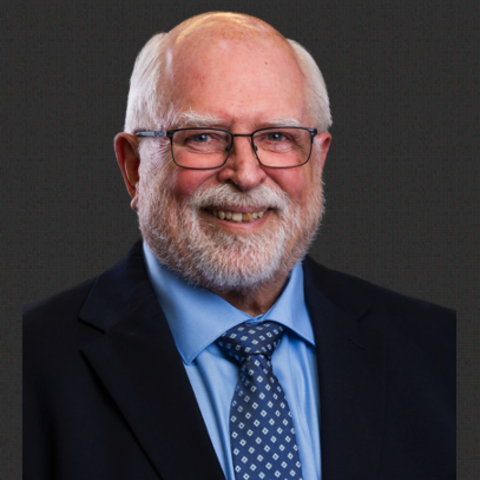
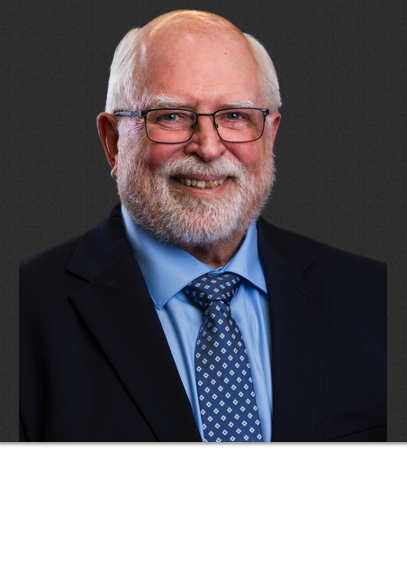
Bio
Raymond Christensen, MD, has practiced family medicine for approximately 40 years, making it his personal mission to provide rural communities with access to high quality health care. He serves as associate dean for rural health at the University of Minnesota Medical School, Duluth campus, and associate director of the Rural Physician Associate Program. He also advises the Family Medicine Interest Group on the Duluth campus.
Education
Fellowships, Residencies, and Visiting Engagements
Licensures and Certifications
Honors and Recognition
Media Appearances
Professional Memberships
Selected Presentations
Contact
Address
131 SMed1035 University Drive
Duluth, MN 55812-3031
Administrative Contact
Veronica Olson, veolson@d.umn.edu

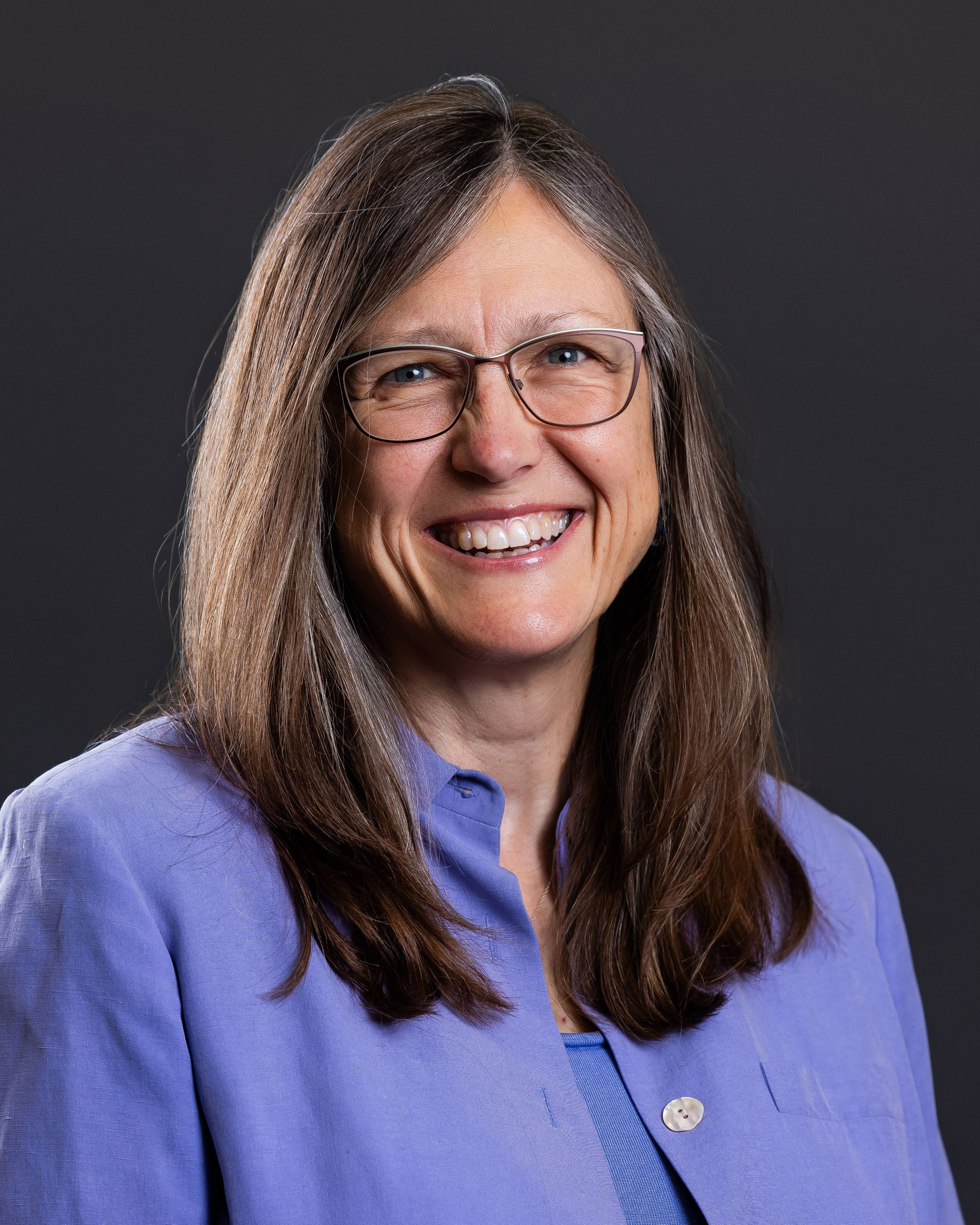
Bio
Catherine A. McCarty was born and raised in Duluth, MN. She received her B.S. and MPH degrees in nutrition from the University of Minnesota and her Ph.D. in Epidemiology from the University of Pittsburgh. She completed a master’s degree in bioethics with an emphasis in clinical ethics at Clarkson University and Mt. Sinai School of Medicine. After completing her Ph.D., she was the Head of the Epidemiology Research Unit in the Department of Ophthalmology at the University of Melbourne, Australia, for eight years. During that time, she directed a population-based study of eye disease in Victoria, Australia, and collaborated on similar projects in Hyderabad and Chennai, India, and in Hong Kong. Professor McCarty returned to the US in 2001 as a Senior Research Scientist at Marshfield Clinic Research Foundation, where she was the Principal Investigator for the Personalized Medicine Research Project, a population-based biobank with more than 20,000 adult participants and 20 active research projects. She was the Director of the Research Division at Essentia Institute of Rural Health prior to taking up the position of Associate Dean for Research at the Medical School, Duluth campus, in February 2017. Professor McCarty's awards include the Gwen Sebold research award at Marshfield Clinic, the Distinguished Alumni Award from her undergraduate college at the University of Minnesota, the Center for Women In Medicine and Science Leadership Award for Advancing Gender Equity and Inclusion in Medicine and Science Fields, and Silver and Gold Fellow of the Association for Research in Vision and Ophthalmology. She has published more than 450 peer-reviewed manuscripts, earned more than $16 million in research grants, been invited to give many scientific talks, and mentored many students.
Research Summary
Professor McCarty started her research career as the Head of the Epidemiology Research Unit at the University of Melbourne. During her eight years in this position, she led population-based studies of vision impairment in Australia, India, and Hong Kong. Upon returning to the US, Professor McCarty was the Principal Investigator for the Marshfield Clinic Personalized Medicine Research Project and conducted research in the areas of genetic epidemiology, pharmacogenetics, and community engagement related to biobanking. Professor McCarty currently conducts mixed-methods research in bioethics and rural health.
Teaching Summary
Professor McCarty is the Co-Lead for the Public Health thread in the new curriculum. She teaches epidemiology, biostatistics, and bioethics to first- and second-year medical students.
Clinical Summary
Dr. McCarty is a certified healthcare ethicist and a Essentia Health Duluth ethics committee member.
Education
Licensures and Certifications
Honors and Recognition
Media Appearances
Professional Memberships
Selected Presentations
Grants and Patents
Patents
Contact
Address
1035 University Drive219 SMed
Duluth, MN 55812
Administrative Contact
Katie Johnson, kejohnso@d.umn.edu
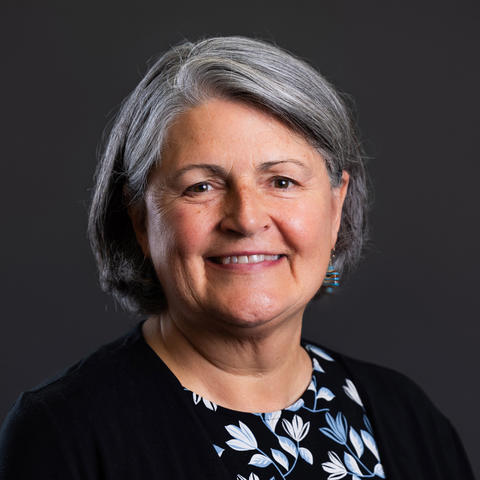
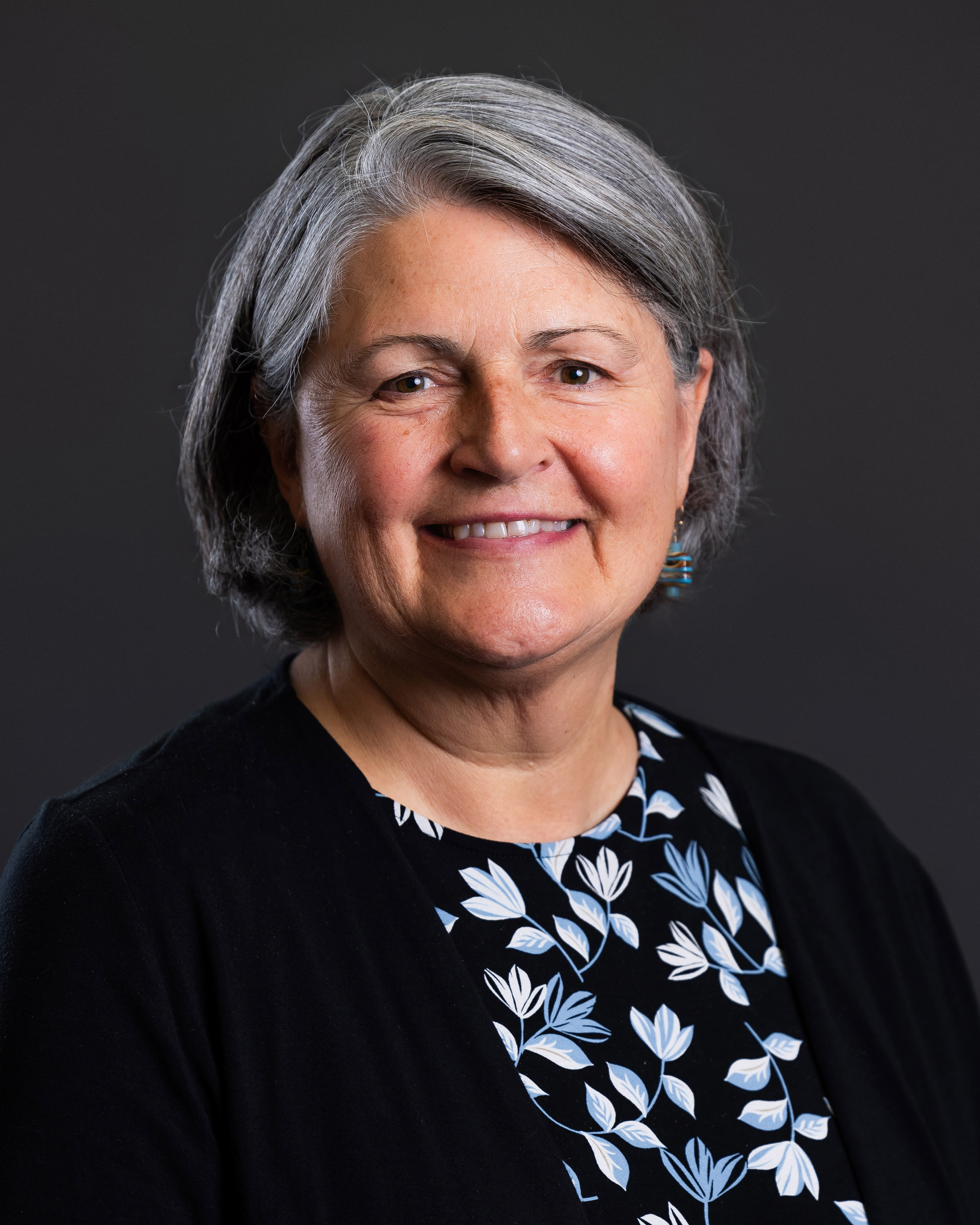
Bio
Dr. Michaels is working with colleagues in the US and Canada to examine how medical schools assess humanistic traits in their applicants. She also has an interest in promoting wellbeing in medical students and developing resources for mental health services and addressing food insecurities.
Teaching Summary
Lecturer in the Neurological Medicine Course; Lab instructor for Human Anatomy sessions.
Mentoring/Advising: All medical students on campus; several undergraduates preparing for professional school and early career faculty at our school.
Education
Fellowships, Residencies, and Visiting Engagements
Honors and Recognition
Media Appearances
Professional Memberships
Contact
Address
Department of Biomedical Sciences177 SMed
1035 University Drive
Duluth, MN 55812
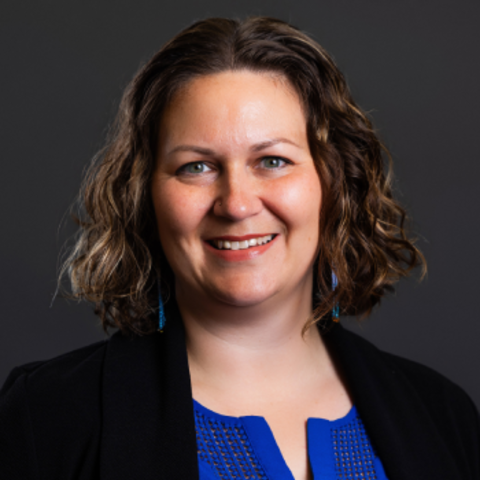
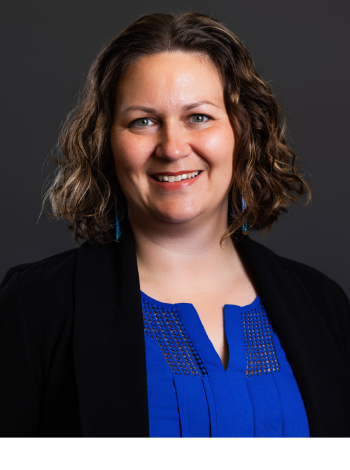
Research Summary
Dr. Nordgren's research interest focuses on development of innovative educational methods and resources for health professions education. In particular, her work emphasizes the importance of active learning strategies and builds on the framework of Guided Discovery Learning.
Education
Licensures and Certifications
Honors and Recognition
Professional Memberships
Contact
Address
Department of Biomedical Sciences211 SMed
1035 University Drive
Duluth, MN 55812
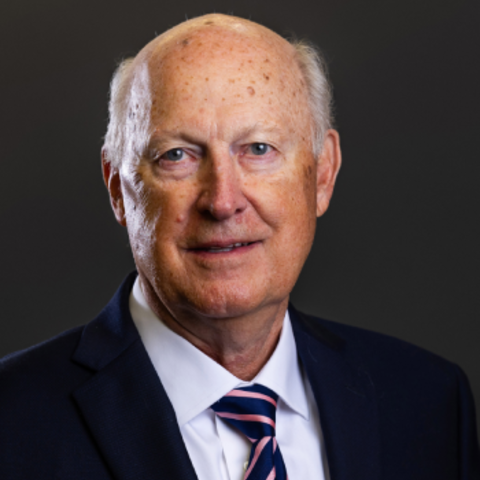
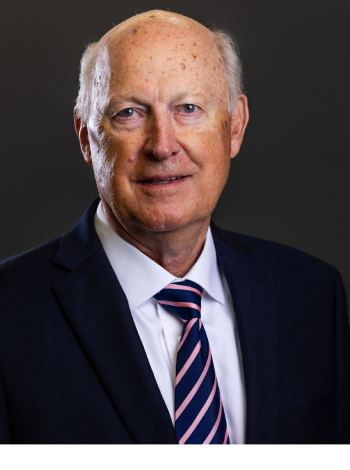
Research Summary
The brain depends upon a supply of blood-borne nutrients to maintain its physiological function. A hallmark characteristic of the brain vasculature is an endothelium with tight occluding junctions at positions of cell-cell contact. This absence of spaces between cells prevents bulk diffusion of plasma components into the surrounding tissue. The net result of this "blood-brain barrier" is that influx and efflux of metabolic substrates and nutrients (including glucose, amino acids, and nucleosides) across the brain vasculature must occur via transport systems located in the luminal and abluminal plasma membranes of the endothelial cell. For example, glucose is the primary substrate for brain metabolism and is transported into cells via specific membrane carriers. Under normal glycemic conditions, GLUT1 and GLUT3 are the known members of the glucose transporter family responsible for carrying glucose from the blood and into the cells of the brain. This includes transport across both the luminal and abluminal sides of the endothelial cell and the plasma membranes of the neuronal and glial cells. Although recent studies have greatly expanded our knowledge about glucose transporters in several tissues, much less is currently known about these integral membrane proteins in the brain or how they are regulated in response to pathophysiological conditions. The long-term goals of my research are to characterize the molecular process by which nutrients are transported through the cells comprising the blood-brain barrier (endothelial cells) and the blood-CSF barrier (epithelial cells of the choroid plexus). These goals include an understanding of the molecular identity of the transporters, the membrane sites where transporters are located, the kinetic characteristics of substrate and inhibitor specificity, and, in the future, the mechanisms regulating trans porter activity and expression. Research describing the molecular events of blood-brain transport may be valuable in understanding neurological dysfunctions associated with stroke, diabetes, neurodegenerative diseases and metabolic encephalopathies. Indeed, it could lead to treatment s for minimizing these dysfunctions or for designing therapeutic strategies.
Education
Fellowships, Residencies, and Visiting Engagements
Honors and Recognition
Professional Memberships
Grants and Patents
Patents
Contact
Address
Department of Biomedical Sciences251 SMed
1035 University Dr
Duluth, MN 55812
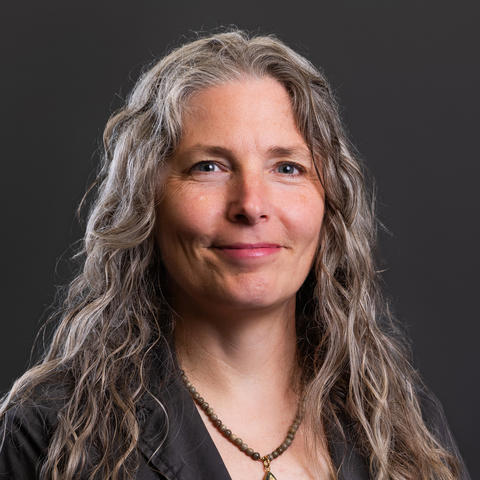

Research Summary
The focus of our molecular parasitology laboratory is trypanosomes. Species of these vector-borne protozoan parasites cause World Health Organization-designated Neglected Tropical Diseases that are endemic to poor, rural populations and for which new drug targets are urgently needed. The laboratory studies aspects of their metabolism and mitochondrial gene expression, looking not only for vulnerabilities that may serve as new drug targets but also at processes that can inform our fundamental understanding of eukaryotic evolution.
Teaching Summary
Microbiology and Parasitology
Mentoring/Advising: undergraduates, graduate & post-doctoral fellows
Education
Fellowships, Residencies, and Visiting Engagements
Honors and Recognition
Professional Memberships
Selected Presentations
Contact
Address
Department of Biomedical Sciences325 SMed
1035 University Drive
Duluth, MN 55812

